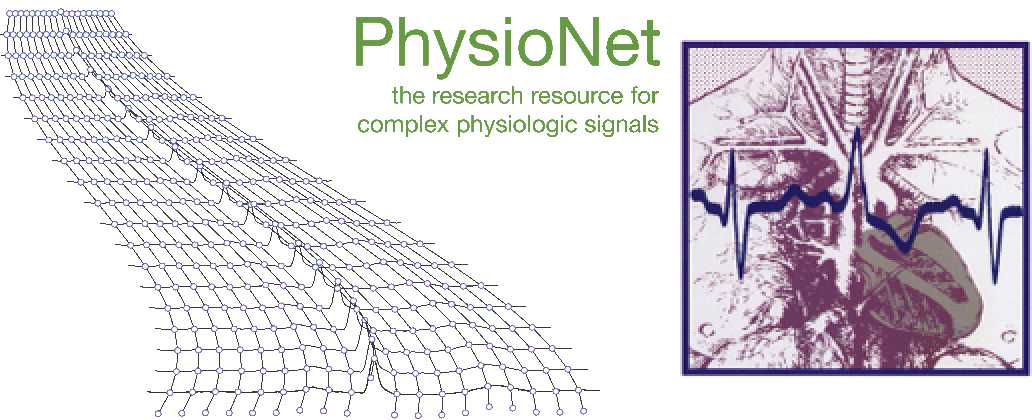- Registration form
- Example MATLAB and Python submissions and scoring code
- Submission instructions and form
- Leaderboard, results, and papers
- Public discussion forum
- Rules and deadlines
- Current and general FAQs
- About
PLOS Digital Health Collection: Cost-effective point-of-care monitoring in low-resource settings
Introduction
Despite decades of significant advances in health and health care, progress has provided unequal and inequitable benefits. Low and middle-income countries (LMICs) continue to have worse health outcomes than high-income countries, and underrepresented populations within high-income countries continue to be underserved by modern medicine1. Moreover, while many health conditions have inexpensive and accessible interventions, many health systems in the Global South and other regions have a limited capacity for screening and diagnosis, leaving patients with easily treatable conditions without life-improving or life-saving treatment.
The development of affordable, rapid, and easy-to-use point-of-care (POC) devices has the potential to extend the reach of health systems to these patients. These devices have the potential to help physicians to screen and diagnose patients at the point of care instead of at medical facilities or laboratories, which may not be accessible. Technological improvements have allowed these devices to become increasingly inexpensive, small and lightweight, robust, easy to use, and accurate, spurring the development of a global POC market2.
However, implementing low-cost versions of the current dominant technologies is unlikely to effectively address these challenges. There are several reasons for this:
- Current POC systems and algorithms are designed for Global North populations, which have different prevalences of diseases, skin colors3, diets, exposures and genetic backgrounds;
- The training needed to accurately operate the technology can often limit the scalability of the technology is not scalable, or training healthcare workers leads to a brain-drain phenomenon;
- The lack of inclusion of Global South populations in the design process leads to inappropriate technologies;
- The perceived ownership of technology (and flow of profits to the Global North) creates ethical and cultural barriers to adoption of the technology;
- The metrics used to assess the performance of most POC systems do not often map to the downstream sequelae of its use;
- Most POC systems are not designed around the existing supply chains;
- The explosion of consumer-level devices with inferior/inappropriate performance for clinical diagnosis creates an inflated expectation in both consumers and clinicians that a futuristic wrist-based or smartphone-based device should be sufficient to address any diagnostic challenge; and
- Low cost often implies low margin, and provides limited incentives for companies to manufacture the technology. Technology development cannot ignore the existing supply chain infrastructure barriers.
Scope
In this collection, we are interested in research or implementations of point-of-care monitoring technologies in low-resource settings. In particular, we are interested in systems that are focused on the specific needs of the target populations. The scope of the focus issue includes (but is not limited to):
- Novel algorithms, biosensors, and processes for health monitoring in low-resources settings;
- Co-design of technologies with lower resource communities;
- Novel metrics for assessing algorithm or technology performance that factor in available resources, the prevalence of the target population and the consequences of referring on patients both appropriately and inappropriately;
- Wearable and smartphone POC systems;
- Assessment of consumer-level devices, and proprietary algorithms compared to benchmark systems;
- Use of AI and edge computing algorithms for decision support and diagnostics and referral;
- Ethical considerations of deploying and using POC devices, particularly in the context of available downstream resources to the patient if the POC test indicates further tests or treatment.
Authors are encouraged to address cost and ethical issues as well as technological issues.
Editorial team
- Matthew A. Reyna, Asst. Prof., Emory University, US
- Gari D. Clifford, Prof., Emory University and Georgia Institute of Technology, US
Submission Instructions
Please prepare and submit your manuscript to PLOS Digital Health.
You may be eligible for a full or partial waiver of your publishing costs if your institution
- is in one of several dozen countries or
- has an agreement with PLOS.
Please contact PLOS Digital Health with questions about your manuscript, including any fee waivers.
Submission Deadline
Please submit your manuscript before 31 December 2023.
References
-
Mendis S, Davis S, Norrving B. Organizational Update: the World Health Organization Global Status Report on Noncommunicable Diseases 2014; One More Landmark Step in the Combat Against Stroke and Vascular Disease. Stroke. 2015 May;46(5):e121-2. doi: 10.1161/STROKEAHA.115.008097. Epub 2015 Apr 14. PMID: 25873596.
-
St John A, Price CP. Existing and Emerging Technologies for Point-of-Care Testing. Clin Biochem Rev. 2014 Aug;35(3):155-67. PMID: 25336761; PMCID: PMC4204237.
-
Feiner JR, Severinghaus JW, Bickler PE. Dark skin decreases the accuracy of pulse oximeters at low oxygen saturation: the effects of oximeter probe type and gender. Anesth Analg. 2007 Dec;105(6 Suppl):S18-S23. doi: 10.1213/01.ane.0000285988.35174.d9. PMID: 18048893.
Supported by the National Institute of Biomedical Imaging and Bioengineering (NIBIB) under NIH grant number R01EB030362.
© PhysioNet Challenges. Website content licensed under the Creative Commons Attribution 4.0 International Public License.
